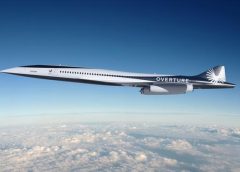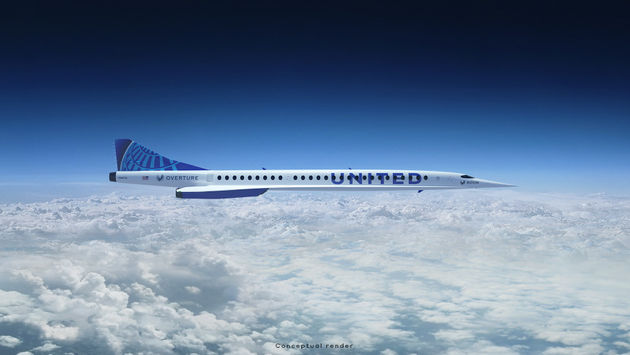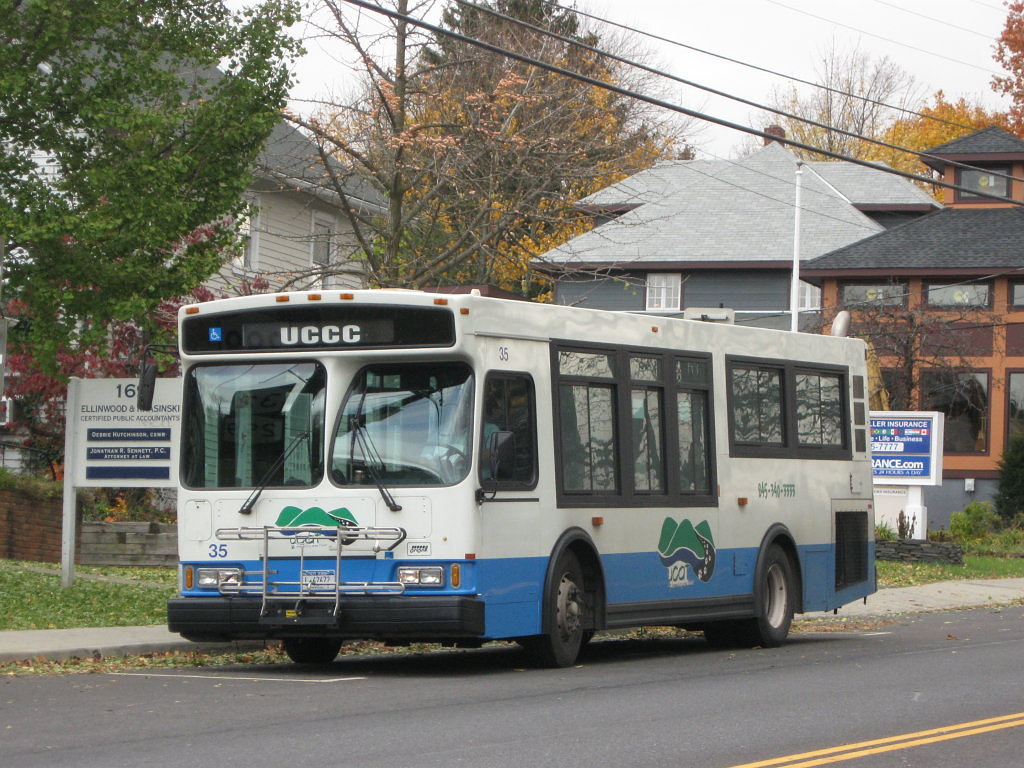
Is Supersonic Air Travel the Future of Aviation?
[ad_1]
This National Aviation Day, there’s a lot to think about in the commercial aviation space, from the air travel chaos of the summer to the recent news about American Airlines’ new supersonic aircraft investment.
The new investment brings the question about the future of the aviation industry to the foreground: is supersonic air travel the Next Big Thing? Or will it become the standard for time-sensitive international business travelers and leisure travelers with no spending limit, an elite method of air travel reserved only for those who can afford it?
And what about sustainability? Will supersonic air travel create more problems for the industry’s carbon emissions reduction efforts, or will it help solve them?
These are the questions I wonder about, so let’s answer them together!
Question One: Is Supersonic Air Travel Becoming the Next Big Thing?
We haven’t heard a lot about supersonic air travel in recent news, until American Airlines chose to purchase 20 aircraft from Boom Supersonic, a company that has been developing modern supersonic aircraft since 2014, with a projected run date of commercial flights in 2029.
American Airlines isn’t the only airline investing in Boom Supersonic’s Overture aircraft. United Airlines was the first U.S. carrier to invest, with a contract to purchase a minimum of 15 of these planes when they’re commercially viable back in June 2021. Japan Airlines partnered with Boom back in 2017, with the option to purchase 20 aircraft.

Other strategic partners include the United States Air Force, which is looking into supersonic aircraft to fly dignitaries and world leaders across the world at a faster pace.
While all this points to a future in which supersonic flights are a reality, these aircraft are not a new technology, like reusable rockets or space balloons. They’ve been around since the 1970s, and the last flights were flown by British Airways and Air France in 2003, nearly twenty years ago.
What’s new is the technology within them, which should help reduce the noise they create, increase the overall safety of the people onboard, reduce the carbon emissions they produce and just overall help them fly faster.
Question Two: Will Supersonic Travel Become the Main Method of Air Travel?
But does that mean they’ll take off unlike their first debut in the 1970s, in which they became a thirty-year trend?
The planes are currently designed to accommodate 65-80 passengers, which is the airline equivalent of a boutique hotel. While this means that passengers on these planes can enjoy more space and a better inflight experience, it also means that the commercial aspect of these planes might be lost in favor of passengers who traditionally sit in the business class and first class categories, who can afford to save time by spending a little more on these flights.

That might hinder their ability to fully replace traditional aircraft, which are most likely going to be more affordable and therefore more attractive options to most travelers.
Supersonic aircraft might just shake up how traditional planes are traditionally run, though, and not in a bad way.
Think about it: if many traditionally first-class and business class passengers choose to take supersonic planes for international travel instead, that means traditional business and first class seats might just become more affordable and therefore more accessible for travelers taking traditional flights across the world, since there will be less demand for the seats from their usual customer base than before.
Question Three: Are Supersonic Flights Better for the Environment?
With Boom Supersonic’s Overture aircraft, they will be.
The company has committed to solely using sustainable aviation fuels (SAFs) for all its flights and to create an end-to-end net-zero carbon process. According to its stats, flights with SAFs will reduce CO2 emissions by 80 percent as opposed to supersonic flights flown using traditional jet fuel.
Its production facility is also expected to be LEED certified, utilizing clean energy and minimizing production waste.
Supersonic aircraft seem to be more sustainable than traditional aircraft, but their small passenger capacity and the question of whether they’ll replace traditional aircraft brings to question the impact its sustainability focus will have on the entire aviation industry.
A Prediction for the Supersonic Aviation Industry
While I believe supersonic travel will come back and last longer than the thirty years it got in the twentieth century (supposing a better form of travel doesn’t replace it in the near future – teleportation, maybe?), I do find it hard to believe that supersonic aviation will completely replace traditional aviation, simply due to passenger capacity and the implied higher ticket price.
After all, as the old adage goes, time is money. Right?
[ad_2]
Source link


